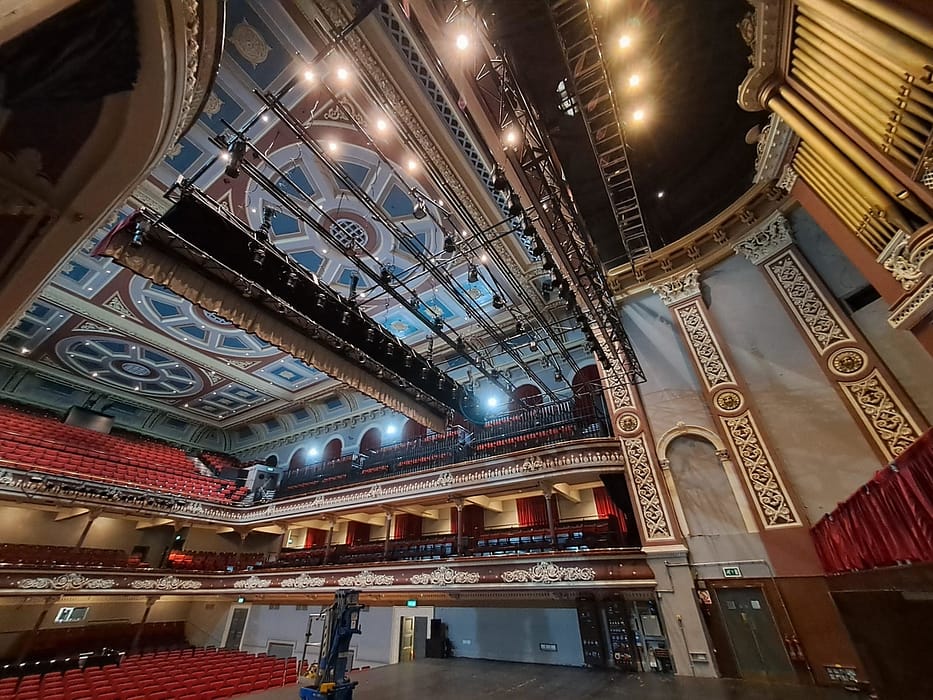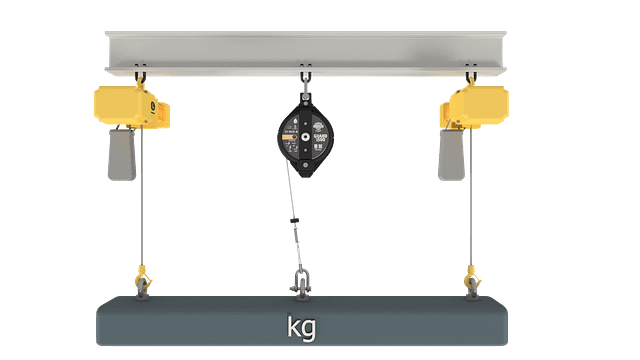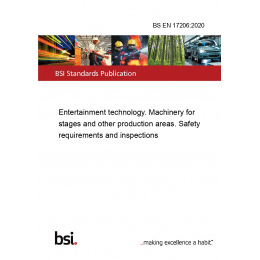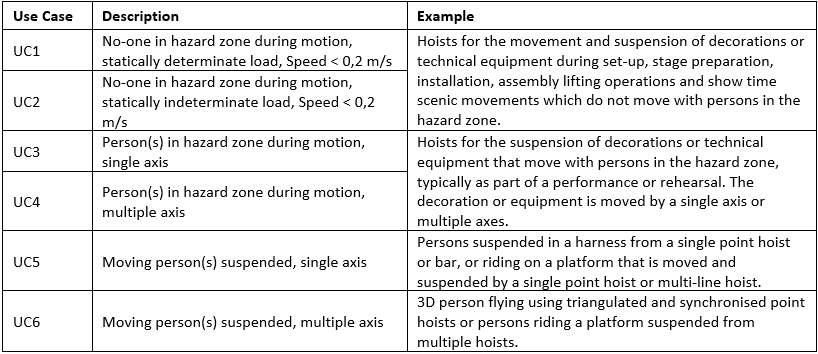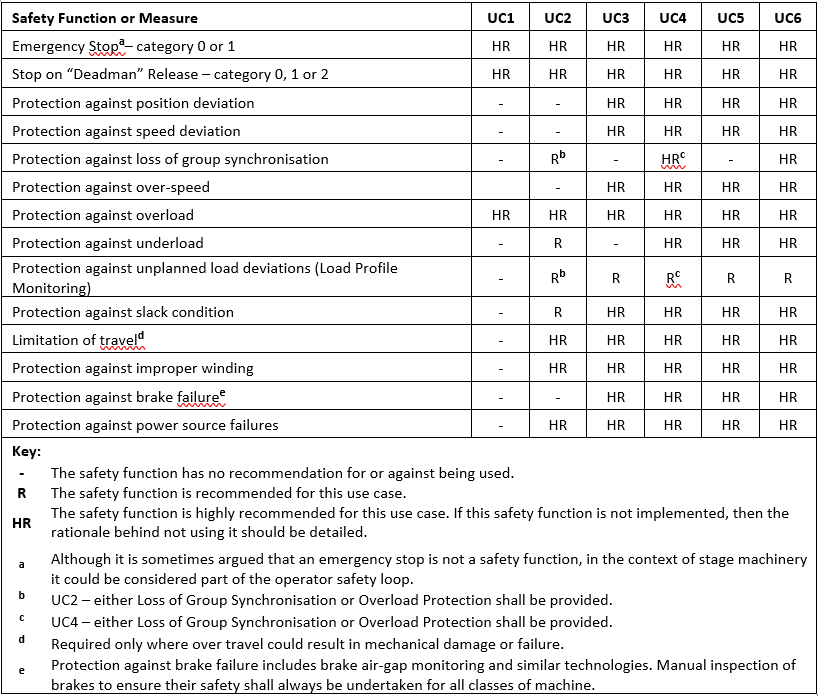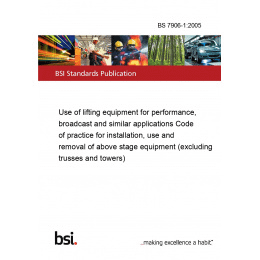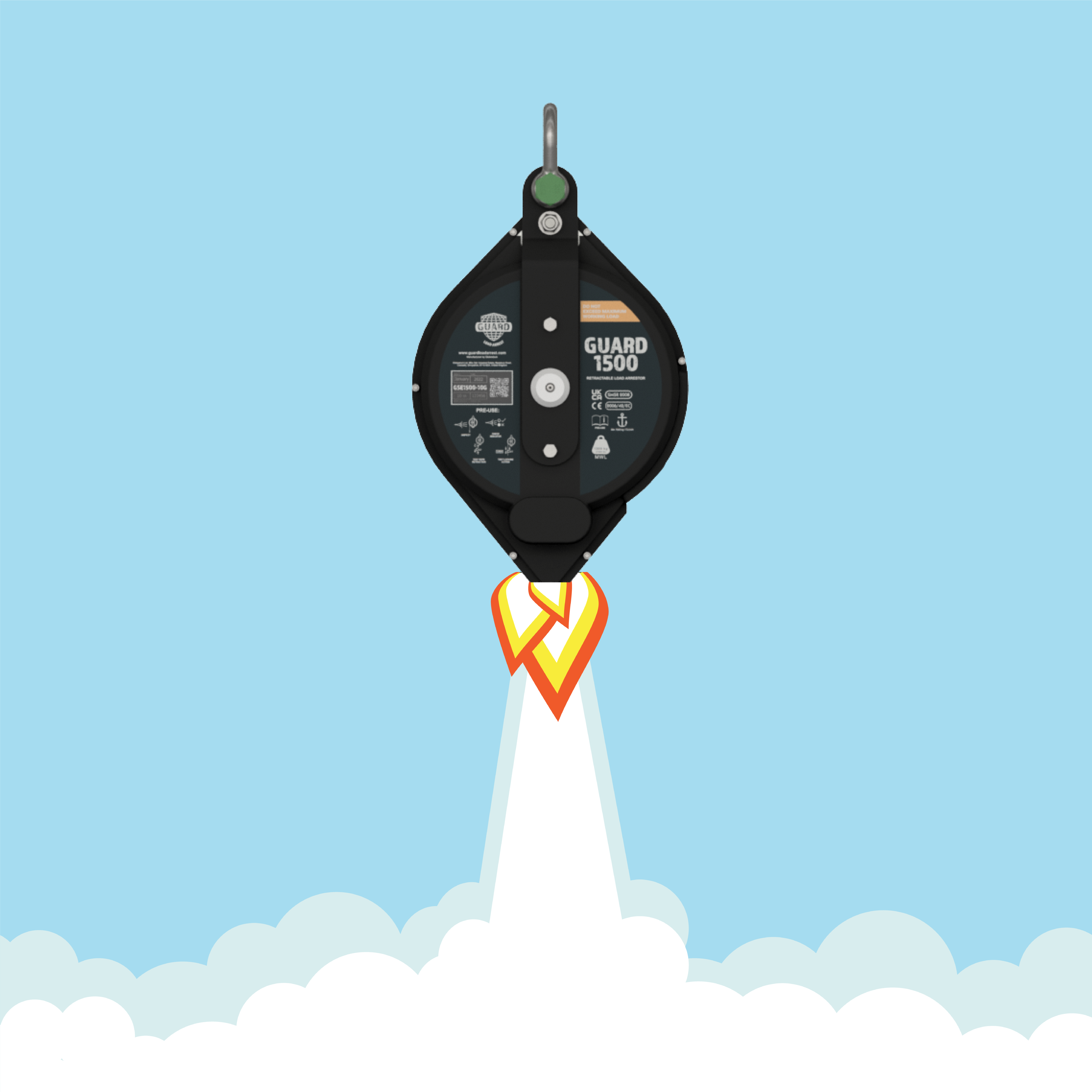Case Study: St George’s Hall
Client: St George’s Hall, Bradford Theatres
Problem:
The concert hall’s engineering team reached the conclusion that, to provide a safe system of work, adding-in Guard Load Arrest protection to the system would be the correct solution. However, with St George’s Hall being an old concert hall, the pipe we had to pass the load arrestor’s cable through was extremely narrow and, when researching the project, no obvious answer became apparent to allow the cable, ferrule, thimble & shackle to pass through the pipe from the anchorage point to the truss below within the theatre.
Solution:
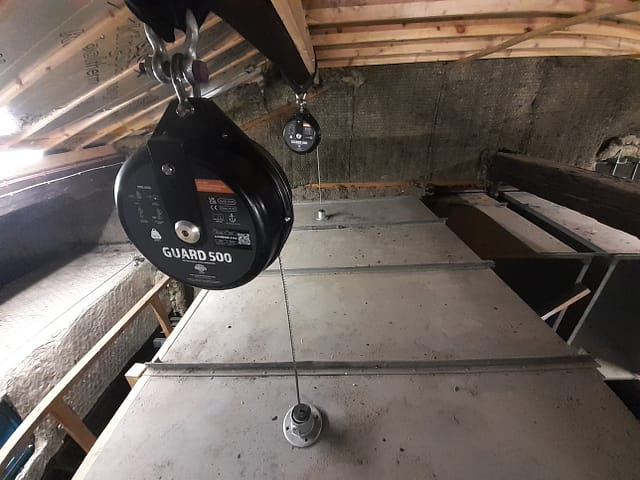
The new configuration of the bottom shackles on Guard Load Arrestors means that the shackle can be easily removed from the cable (the pin fits through the thimble), thereby solving part of the problem.
Due to the pipe being so narrow, the standard thimble still wouldn’t pass through the pipe. However, with Guard Load Arrest being the product manufacturer (with a full understanding of the product’s technical file), we were able to change the thimble to a narrow gauge alternative. This allowed the thimble to fit through the narrow pipe and then the shackle be reattached through the thimble.
This solution was achieved by Guard Load Arrest being able to manufacture the solution in accordance with the technical file and provide a solution that worked precisely for the customer.
Guard Load Arrest wordt officiële ABTT-supporter
Guard Load Arrest is trots om aan te kondigen dat ze Industry Supporters zijn voor de Association of British Theatre Technicians (ABTT), een ledenorganisatie met backstage en theatergebouwen in het hart.
Guard Load Arrest is net gelanceerd en biedt duurzame oplossingen voor ladingarrestatie voor de entertainment- en industriële sector. Het assortiment biedt bescherming van 150 kg tot 1500 kg en er zijn al ontwikkelingen gaande om het assortiment nog verder uit te breiden. Guard Load Arrest staat te popelen om organisaties binnen de industrie te ondersteunen, dus wilden ze zich graag aanmelden voor deze kans bij ABTT.
De ABTT is een ledenorganisatie die normen stelt en handhaaft op het gebied van technische uitmuntendheid, veiligheid en naleving voor theater- en liveoptredens. De organisatie is een uitstekende bron voor het ondersteunen van leden, door het verstrekken van informatie en advies over goede praktijken, veilig werken en handhaving binnen de theaterindustrie. Ze adviseren over veiligheid, planning en goede praktijken.
Deze samenwerking zal Guard Load Arrest onder meer helpen om het belang van hoge veiligheidsnormen in de theaterindustrie te benadrukken, vooral met betrekking tot apparatuur die op hoogte wordt opgehangen.
Ga voor meer informatie over Guard Load Arrest naar www.guardloadarrest.com of contact het deskundige team.
Guard Load Arrest lanceert
Guard Load Arrest is net gelanceerd en biedt duurzame oplossingen voor ladingarrestatie aan de amusement en industrieel sectoren.
Het productassortiment biedt bescherming van 150 kg tot 1500 kg en er zijn al ontwikkelingen gaande om het assortiment nog verder uit te breiden.
Een van de meest voorkomende toepassingen van lastafleiders is als een secundaire beveiliging voor kettingtakels. Patrick Evans, algemeen directeur, legt meer uit:
“EN 17206 schrijft voor dat bij het installeren van elektrische kettingtakels twee onafhankelijke veiligheidsoplossingen nodig zijn. Of de secundaire rem van een takel het nodige veiligheidsniveau biedt, hangt af van uw risicobeoordeling, maar we merken steeds meer dat installateurs Guard-eenheden naast takels inzetten om een afzonderlijke beveiliging te bieden, mocht het primaire systeem falen.”
Natuurlijk hebben elektrische kettingtakels over het algemeen een veiligheidsrem die in werking treedt als de primaire rem uitvalt. Maar wat is de back-up als de ketting of het anker van de takel uitvalt? Patrick gaat verder met te zeggen:
“Er zijn een paar opties beschikbaar, waaronder het eenvoudig bevestigen van een vaste staalkabel als secundaire veiligheidsoplossing. Dit zou extreem veilig zijn. Steeds meer gebruikers verlaten deze methode echter vanwege de hoge kosten van het sturen van een rigger om elke keer dat het nodig is te ontkoppelen en opnieuw te repareren. Ladingsafleiders met afscherming zijn een alternatieve, kosteneffectieve optie die dit probleem ondervangt door een staalkabel te leveren die automatisch in- en uitschuift, na de beweging van de last, zonder dat deze hoeft te worden losgemaakt.”
Als de primaire dragende apparatuur uitvalt, stopt de Guard-lastafleider automatisch de vallende lading, waardoor schade aan de apparatuur wordt voorkomen en, nog belangrijker, het publiek/de artiesten eronder wordt beschermd.
Het is niet alleen de entertainmentsector waar steeds meer Guards worden geïnstalleerd. Veel industriële toepassingen profiteren van laststop. Patrick legt uit:
“Er zijn enorm veel toepassingen waarbij lastafleiders een ideale veiligheidsoplossing bieden. Hef of hang je apparatuur of materialen op die niet mogen vallen? Als dat het geval is, overweeg dan om een Guard-lastbeveiliging te installeren als beveiliging voor het geval de primaire hijsapparatuur uitvalt.”
“Productielijnen kunnen zich geen lange periodes van stilstand veroorloven om gevallen apparatuur te repareren. Een goed voorbeeld is hoe sommige autofabrikanten afhankelijk zijn van Guard-lastafleiders om belangrijke punten in de productielijn te beschermen; hun ingenieurs identificeerden een risico dat zwaar materieel tijdens gebruik zou worden uitgeschakeld, wat zou kunnen resulteren in een ongecontroleerde val op de werkvloer. Dit is waar Guard Load Arrest van pas komt. Een Guard-lastafleider die op de juiste plek is geplaatst, vangt automatisch vallende apparatuur op en voorkomt dat deze de vloer raakt. Onze producten zijn zo veelzijdig en betrouwbaar dat ze zelfs worden ingezet als beveiliging voor het optillen van radioactief materiaal in een bepaalde kerncentrale in het VK!”
De lijst met klanten van Guard Load Arrest is al indrukwekkend, waaronder O2 Academy Group en Jaguar Land Rover.
De nieuwe Guard bereik is nu beschikbaar.
We hebben een lift!
Hallo Wereld.
Maak kennis met Guard Load Arrest.
Bekijk deze ruimte voor nieuws en artikelen over het assortiment Guard Load Arrestors.

